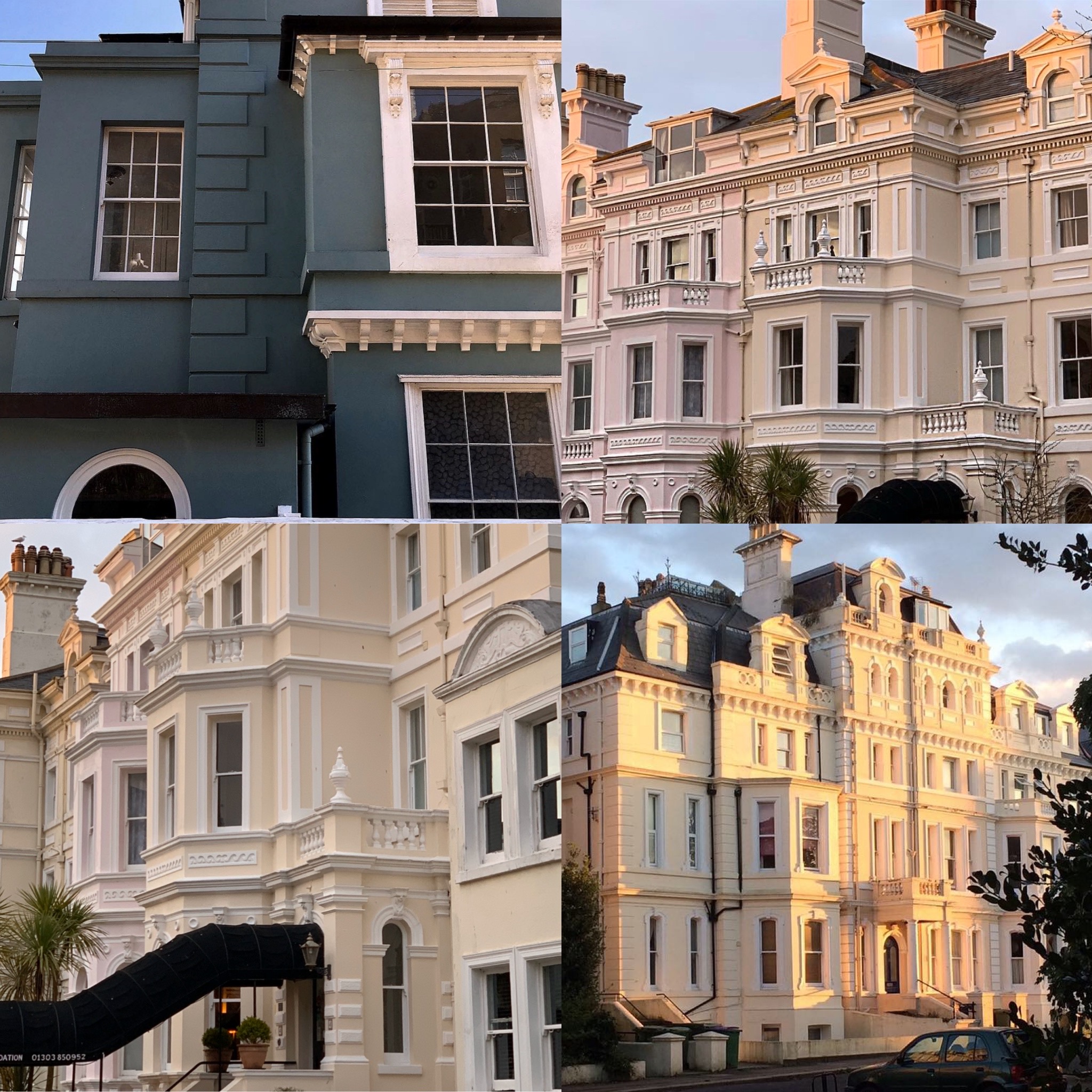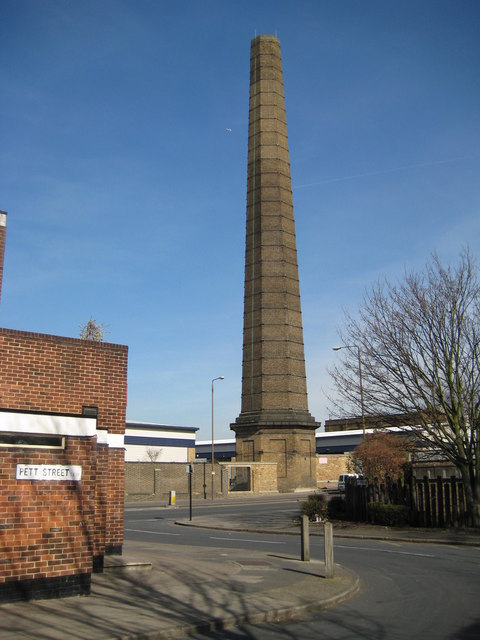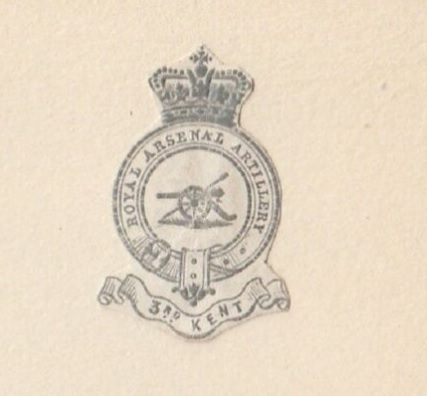|
1st Kent Artillery Volunteers
The 1st Kent Artillery Volunteers was a part-time unit of the British Army's Royal Artillery from 1860 to 1956. Primarily serving as coastal artillery defending the Port of Dover and other harbours in South-East England, the unit's successors also served in the heavy artillery role on the Western Front during World War I and as anti-aircraft artillery during the Blitz and later in the North African and Italian campaigns of World War II. Volunteer Force Many Volunteer units were raised in Great Britain as a result of an invasion scare in 1859. These small independent units were quickly organised into larger groupings, and the 1st Administrative Brigade of Kent Artillery Volunteers was formed on 15 August 1860. It comprised the following Artillery Volunteer Corps (AVCs):Frederick, pp. 660–1.Litchfield and Westlake, pp. 98–102. * 1st Kent AVC formed at Gravesend on 20 October 1859; a second battery formed on 5 March 1860 * 2nd Kent AVC formed at Faversham on 15 November 1859; a ... [...More Info...] [...Related Items...] OR: [Wikipedia] [Google] [Baidu] |
Flag Of The British Army
A flag is a piece of textile, fabric (most often rectangular) with distinctive colours and design. It is used as a symbol, a signalling device, or for decoration. The term ''flag'' is also used to refer to the graphic design employed, and flags have evolved into a general tool for rudimentary signalling and identification, especially in environments where communication is challenging (such as the Maritime flag, maritime environment, where Flag semaphore, semaphore is used). Many flags fall into groups of similar designs called flag families. The study of flags is known as "vexillology" from the Latin , meaning "flag" or "banner". National flags are patriotic symbols with widely varied interpretations that often include strong military associations because of their original and ongoing use for that purpose. Flags are also used in messaging, advertising, or for decorative purposes. Some military units are called "flags" after their use of flags. A ''flag'' (Arabic: ) is equival ... [...More Info...] [...Related Items...] OR: [Wikipedia] [Google] [Baidu] |
Folkestone
Folkestone ( ) is a coastal town on the English Channel, in Kent, south-east England. The town lies on the southern edge of the North Downs at a valley between two cliffs. It was an important harbour, shipping port, and fashionable coastal resort for most of the 19th and mid-20th centuries. This location has had a settlement since the Mesolithic era. A nunnery was founded by Eanswith, granddaughter of Æthelberht of Kent in the 7th century, who is still commemorated as part of the town's culture. During the 13th century, it developed into a seaport, and the harbour developed during the early 19th century to defend against a French invasion. Folkestone expanded further west after the arrival of the railway in 1843 as an elegant coastal resort, thanks to the investment of the Earl of Radnor under the urban plan of Decimus Burton. In its Edwardian-era heyday, Folkestone was considered the most fashionable resort of the time, visited by royalty — amongst them Queen Victoria and ... [...More Info...] [...Related Items...] OR: [Wikipedia] [Google] [Baidu] |
Cinque Ports Division, Royal Artillery
The Cinque Ports Division, Royal Artillery was an administrative grouping of garrison units of the Royal Artillery, Artillery Militia and Artillery Volunteers within the British Army's South Eastern District from 1882 to 1889. Organisation Under General Order 72 of 4 April 1882 the Royal Artillery (RA) broke up its existing administrative brigades of garrison artillery (7th–11th Brigades, RA) and assigned the individual batteries to 11 new territorial divisions. These divisions were purely administrative and recruiting organisations, not field formations. Most were formed within the existing military districts into which the United Kingdom was divided, and for the first time associated the part-time Artillery Militia with the regulars. Shortly afterwards the Artillery Volunteers were also added to the territorial divisions. The Regular Army batteries were grouped into one brigade, usually of nine sequentially-numbered batteries and a depot battery. For these units the divis ... [...More Info...] [...Related Items...] OR: [Wikipedia] [Google] [Baidu] |
Woolwich Dockyard
Woolwich Dockyard (formally H.M. Dockyard, Woolwich, also known as The King's Yard, Woolwich) was an English Royal Navy Dockyard, naval dockyard along the river Thames at Woolwich - originally in north-west Kent, now in southeast London - where many ships were built from the early 16th century until the late 19th century. William Camden called it 'the Mother Dock of all England'. By virtue of the size and quantity of vessels built there, Woolwich Dockyard is described as having been 'among the most important shipyards of seventeenth-century Europe'. During the Age of Sail, the yard continued to be used for shipbuilding and repair work more or less consistently; in the 1830s a specialist factory within the dockyard oversaw the introduction of Steamship, steam power for ships of the Royal Navy. At its largest extent it filled a 56-acre site north of Woolwich Church Street, between Warspite Road and New Ferry Approach; 19th-century naval vessels were fast outgrowing the yard, howe ... [...More Info...] [...Related Items...] OR: [Wikipedia] [Google] [Baidu] |
Gillingham, Kent
Gillingham ( ) is a town in Kent, England, which forms a conurbation with neighbouring Chatham, Kent, Chatham, Rochester, Kent, Rochester, Strood and Rainham, Kent, Rainham. It is the largest town in the borough of Medway and in 2020 had a population of 108,785. Etymology Gillingham's name is Old English in origin and means "the homestead of Gylla's people". The names of Gillingham, Dorset, Gillingham in Dorset and Gillingham, Norfolk, Gillingham in Norfolk have the same etymology, despite the differing pronunciation. Status Gillingham became an Urban district (Great Britain and Ireland), urban district under the Local Government Act 1894, gaining municipal borough status in 1903. John Robert Featherby was the first mayor of the Borough of Gillingham. In 1928 Rainham, Kent, Rainham was added to the Gillingham Borough. Under the Local Government Act 1972 it became a non-metropolitan district which also covered Hempstead, Kent, Hempstead, Wigmore, Kent, Wigmore and Rainham. This dis ... [...More Info...] [...Related Items...] OR: [Wikipedia] [Google] [Baidu] |
Sandgate, Kent
Sandgate is a village in the Folkestone and Hythe Urban Area in the Folkestone and Hythe district of Kent, England. It had a population of 4,225 at the 2001 census. Retrieved 22 August 2010 It is the site of Sandgate Castle, a Device Fort. |
Woolwich
Woolwich () is a town in South London, southeast London, England, within the Royal Borough of Greenwich. The district's location on the River Thames led to its status as an important naval, military and industrial area; a role that was maintained throughout the 16th to 20th centuries. After several decades of economic hardship and social deprivation, the area now has several large-scale urban renewal projects. Geography Woolwich is situated from Charing Cross. It has a long frontage to the south bank of the River Thames. From the riverside it rises up quickly along the northern slopes of Shooter's Hill towards the common, at and the ancient London–Dover Road, at . The Woolwich (parish), ancient parish of Woolwich, more or less the present-day Wards and electoral divisions of the United Kingdom, wards Woolwich Riverside and Woolwich Common, comprises . This included North Woolwich, which is now part of the London Borough of Newham. The ancient parishes of Plumstead and E ... [...More Info...] [...Related Items...] OR: [Wikipedia] [Google] [Baidu] |
Royal Arsenal
The Royal Arsenal, Woolwich is an establishment on the south bank of the River Thames in Woolwich in south-east London, England, that was used for the manufacture of armaments and ammunition, proof test, proofing, and explosives research for the British armed forces. It was originally known as the Woolwich Warren, having begun on land previously used as a Warren (domestic), domestic warren in the grounds of a mid-16th century Tudor house, Tower Place. Much of the initial history of the site is linked with that of the Office of Ordnance, which purchased the Warren in the late 17th century in order to expand an earlier base at Gun Wharf in Woolwich Dockyard. Over the next two centuries, as operations grew and innovations were pursued, the site expanded massively. At the time of the World War I, First World War the Arsenal covered and employed close to 80,000 people. Thereafter its operations were scaled down. It finally closed as a factory in 1967 and the Ministry of Defence m ... [...More Info...] [...Related Items...] OR: [Wikipedia] [Google] [Baidu] |
3rd Kent Artillery Volunteers (Royal Arsenal)
The 3rd Kent Artillery Volunteers (Royal Arsenal) was a unit of the British Volunteer Force (Great Britain), Volunteer Force from 1860 to 1920. Originally raised from the workers of Woolwich Arsenal, near London, it later became a London unit of the Territorial Force and served on the Western Front (World War I), Western Front during World War I. Postwar it was merged with another London unit. Origins When an invasion scare in 1859 led to a flood of volunteers forming new military units to defend Great Britain, it was natural that men working at Royal Arsenal, Woolwich Arsenal would organise themselves into an Artillery Volunteer Corps (AVC). (They also formed the 26th (Royal Arsenal) Rifle Volunteer Corps, which eventually became the 20th Battalion, London Regiment (Blackheath and Woolwich), 20th (County of London) Battalion, The London Regiment (Blackheath and Woolwich).) Formally constituted on 28 February 1860, and designated the 10th (Royal Arsenal) Kent AVC from August that ye ... [...More Info...] [...Related Items...] OR: [Wikipedia] [Google] [Baidu] |
Plumstead
Plumstead is an area in southeast London, within the Royal Borough of Greenwich, England. It is located east of Woolwich. History Plumstead has been settled since ancient times, and London's earliest timber structure has been found here. During the excavation of a peat bog near Belmarsh Prison in 2009, an ancient timber trackway, radiocarbon dated to be nearly 6,000 years old, was discovered by archaeologists. In 960 King Edgar I of England, Edgar gave four plough lands, collectively called Plumstead, to a monastery - St Augustine's Abbey near Canterbury, Kent. These were subsequently taken from the monastery by Godwin, Earl of Wessex, Earl Godwin for his fourth son, Tostig Godwinson, Tostig. King Edward the Confessor restored them again to the monastery on taking power, however Tostig saw the opportunity to take possession of them once again after Edward's death in 1066 when Harold Godwinson, King Harold seized his brother's estates. After the Battle of Hastings in 106 ... [...More Info...] [...Related Items...] OR: [Wikipedia] [Google] [Baidu] |
2nd Kent Artillery Volunteers
The 2nd Kent Artillery Volunteers, later 4th London Brigade, Royal Field Artillery, popularly known as the Lewisham Gunners, was a volunteer unit of the British Army from 1860 until 1967. Initially raised in suburban Kent, West Kent, its recruiting area was later incorporated within the County of London. It provided two active service units in each of the World Wars, operating as far afield as Allied invasion of Sicily, Sicily, Burma Campaign, Burma and Battle of Madagascar, Madagascar, and later provided an airborne unit in the Territorial Army (United Kingdom), Territorial Army of the 1950s. Volunteer Force The 9th Kent Artillery Volunteer Corps (9th KAVC) was one of many Volunteer Force (Great Britain), Volunteer units raised as a result of an invasion scare in 1859. Based at Plumstead, then in Kent, it was raised after a public meeting in December. Many of its first members were employed by the Royal Arsenal at Woolwich, which manufactured artillery and carried out Proof test, ... [...More Info...] [...Related Items...] OR: [Wikipedia] [Google] [Baidu] |
Greenwich
Greenwich ( , , ) is an List of areas of London, area in south-east London, England, within the Ceremonial counties of England, ceremonial county of Greater London, east-south-east of Charing Cross. Greenwich is notable for its maritime history and for giving its name to the Prime meridian (Greenwich), Greenwich Meridian (0° longitude) and Greenwich Mean Time. The town became the site of a royal palace, the Palace of Placentia, from the 15th century and was the birthplace of many House of Tudor, Tudors, including Henry VIII of England, Henry VIII and Elizabeth I. The palace fell into disrepair during the English Civil War and was demolished, eventually being replaced by the Greenwich Hospital (London), Royal Naval Hospital for Sailors, designed by Sir Christopher Wren and his assistant Nicholas Hawksmoor. These buildings became the Old Royal Naval College, Royal Naval College in 1873, and they remained a military education establishment until 1998, when they passed into the ... [...More Info...] [...Related Items...] OR: [Wikipedia] [Google] [Baidu] |







